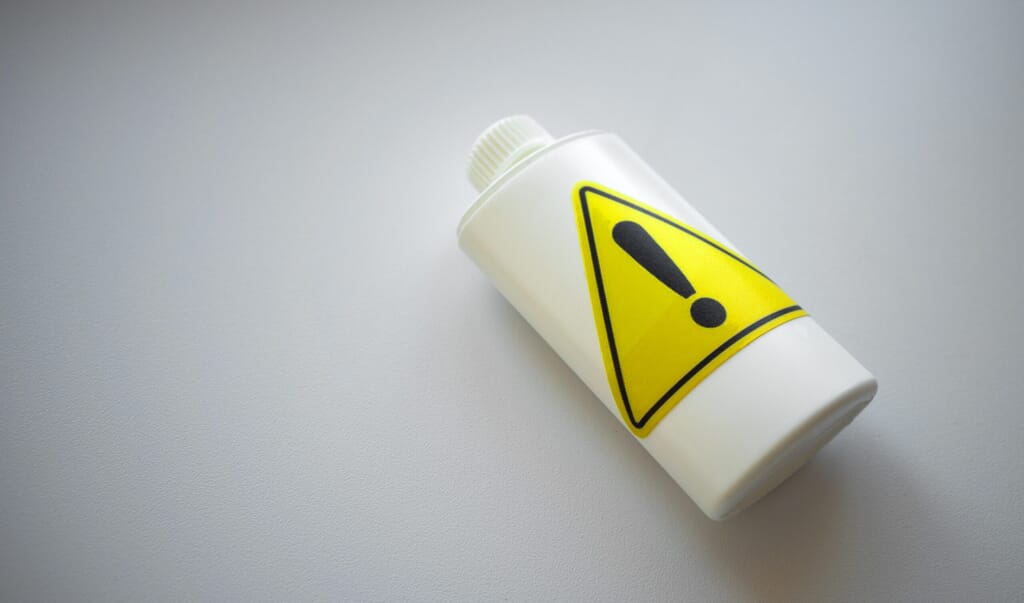News
Impacts of the Canadian Products Containing Mercury Regulations
5th Nov 2015

The legislation places a ban on the manufacture and import of any product with a concentration of mercury above 0.1% by weight in homogeneous material (0.0005% for a battery – with button cell batteries only affected from January 1, 2016) unless that product is specifically exempted or permitted. The regulations list exempted products, their maximum threshold quantity of mercury and the date from which that maximum quantity or exemption no longer applies. Examples include dental amalgam, compact fluorescent lamps and implantable medical devices. Manufacturers and importers must obtain a permit for all other products, which will only be granted if no technically or economically viable alternatives are available and a plan is in place to minimise the effect of the mercury contained in the product on human health and the environment.
Manufacturers and importers must label exempted and permitted products so that consumers are aware of the presence of mercury, safe handling procedures, measures to take in case of accidental breakage, and options for disposal and recycling. Importers of exempted (excluding replacement parts) or permitted products and manufacturers making a product with a mercury containing component that has not already been reported on by the importer must report to Environment Canada every three years. First reports are due by 31 March 2017 in respect of the calendar year 2016 which list the quantity of mercury contained in the product and the total quantity manufactured and imported. Manufacturers and importers must also keep records demonstrating compliance with the regulations and retain these for at least five years.
To ensure compliance with the legislation, manufacturers and importers must ensure that they have a robust system in place to identify and report on mercury present within their products. They should seek disclosure from suppliers and undertake testing using a risk-based approach. Many producers currently affected by RoHS legislation will already have this in place as part of their internal control procedures. If mercury is present within their products, they should check for exemptions, prepare any permit applications and make arrangements for product labelling. Environment Canada estimates that the overall cost of the Regulations is CAD$9 million: $5.5m in respect of the increased cost of mercury-free alternative products, $2.1m in compliance promotion and enforcement and $1.4 million in incremental reporting requirements and learning activities.
Get in touch to find out how we can help with your compliance requirements
EMEA:
+44 (0) 1869 255758
/
US:
+1 (800) 450 2403
/
Email:
sales@thecompliancemap.com


